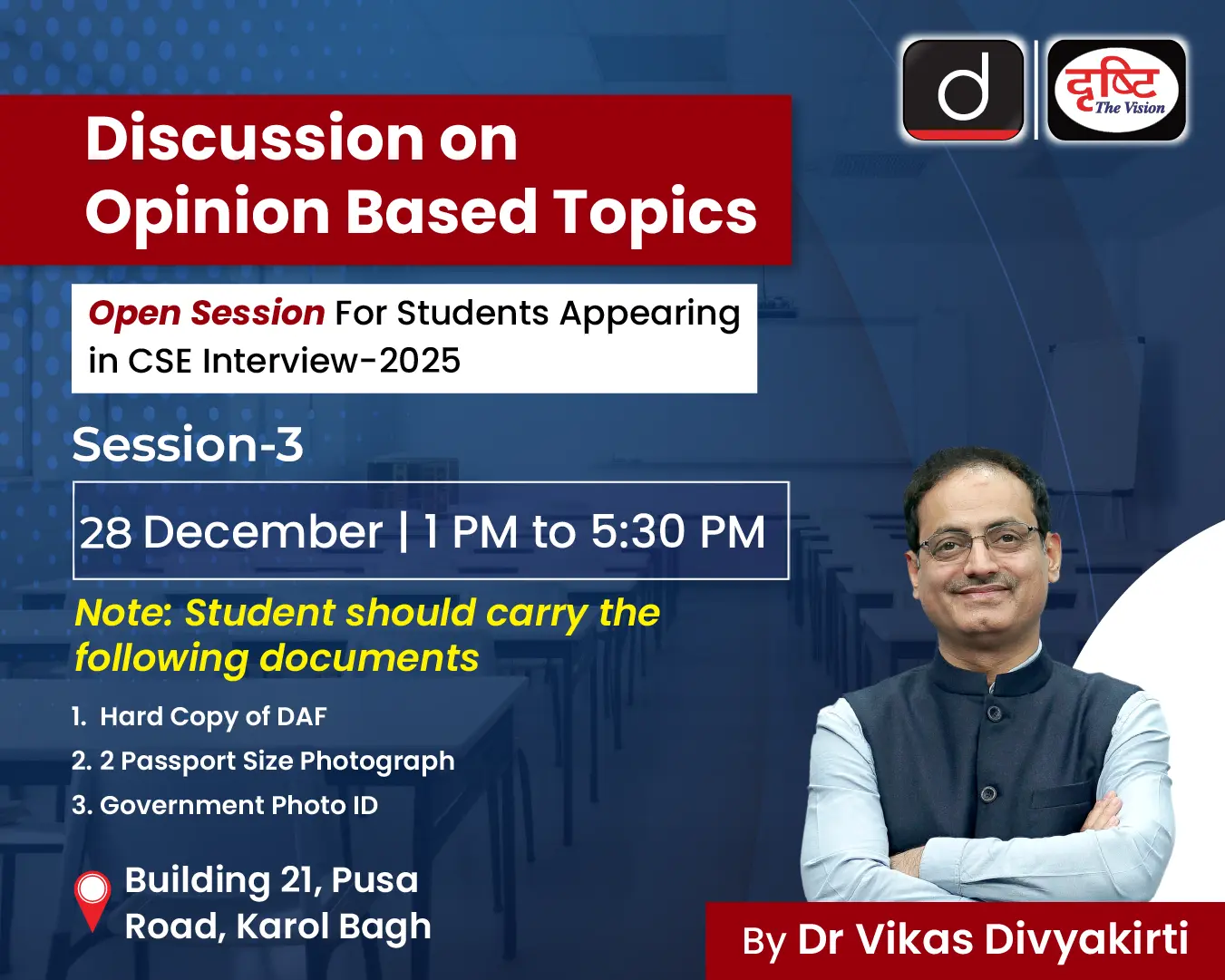-
30 Jul 2022
GS Paper 3
Economy
Day 20: The Government of India in its Annual Budget 2016-17 set a policy target of doubling farmers income by 2022. Has India been able to achieve the target? Discuss. (250 words)
- Introduce by stating the idea of doubling farmers income by 2022.
- Give the positive steps taken by the Government in increasing farmers' income.
- Discuss how the scheme has helped in doubling farmers' income.
- Conclude suitably.
Answer:
The Government of India in its Annual Budget 2016-17 set a policy target of doubling farmers’ income by 2022. Agriculture sustains livelihood for more than half of India's total population. The Ashok Dalwai Committee was set up to chalk out a strategy to achieve this target of doubling farmers’ incomes.
Positive steps of the Government to increase farmers income
- Schemes: In order to realize net positive returns for the farmer, schemes of central government such as Pradhan Mantri Krishi Sinchayee Yojana, Soil Health Card, Paramparagat Krishi Vikas Yojana, and another major initiative that provides insurance against crop and income loss, Pradhan Mantri Fasal Bima Yojana, and PM-Kisan Yojana, E-Nam etc are launched.
- Some states are also running direct cash transfer schemes, for instance, Bhavantar Bhugtan Yojana in Madhya Pradesh, Rythu Bandhu scheme in Telangana, scheme of Krushak Assistance for Livelihood and Income Augmentation in Odisha.
- In addition, schemes relating to tree plantation (Har Medh Par Ped), Bee Keeping, Dairy and Fisheries are also implemented.
- Minimum support price (MSP): MSP is notified for both Kharif & Rabi crops based on the recommendations of the Commission on Agriculture Costs & Prices (CACP). Giving a major boost for the farmers’ income, the Government has increased the Minimum Support Prices (MSPs) of all kharif crops for 2018-19 Season. It redeems the promise of the pre-determined principle of fixing the MSPs at a level of at least 150 percent of the cost of production announced by the Union Budget for 2018-19. With over 14% of 14.6 crore landholding farmers (2015-16) getting benefits from the MSP, most farmers are out of the MSP net and continue to sell their produce below the MSP.
- The government launched the PM-KISAN in 2019 to provide Rs 6,000 per year in three equal installments.
Analysis of farmers income
The benchmark estimated annual income was Rs 96,703 in 2015-16 which was taken as a base year. This comes to Rs 8,059 per month. As such, the target income for doubling by 2022 is Rs 21,146 per month (taking inflation also into account).
However, the estimated monthly income of farm households in 2018-19 was Rs 10,218 per month in nominal terms. It is nowhere near the target of Rs 21,146 per month.
As per the survey results, conducted by the National Sample Survey Office (NSSO), the average monthly income per agricultural household, from all sources, was estimated at Rs 10,218 when compared to Rs 6,426 in 2012-13. In other words, the farm income had risen by 59% till 2019. But, in this period, their earnings came more from wages than from crop production in 2018-19.
Farmers’ earnings
The 77th NSS round data, in 2018-19, showed that the average monthly income has gone up, of which the highest income comes from wages, followed by income from crop cultivation and production. There is a substantial rise in income from animal farming.
The farmers are also earning comparatively higher income from non-farm businesses and are leasing out land. Income from wages was 32% in 2012-13. It was recorded to be 40 per cent in 2018-19. This implies that farmers are turning into daily wage laborers.
The budget allocation for the Department of Agriculture was increased by more than 5.5 times in 2021-22. However, the NITI Ayog report on Doubling Farmers’ Income states that in some cases, growth in output brings increases farmers’ income, but in many cases, the farmers’ income did not increase significantly with the increase in output.
The government schemes will not help them double their income unless the government policies on agriculture are comprehensive, grant freedom of technology and market, and infuse more money into infrastructure development. Ad hoc policies and schemes will not help farmers as long as the government intervenes in the market to control prices to keep the consumers happy at the cost of farmers.






